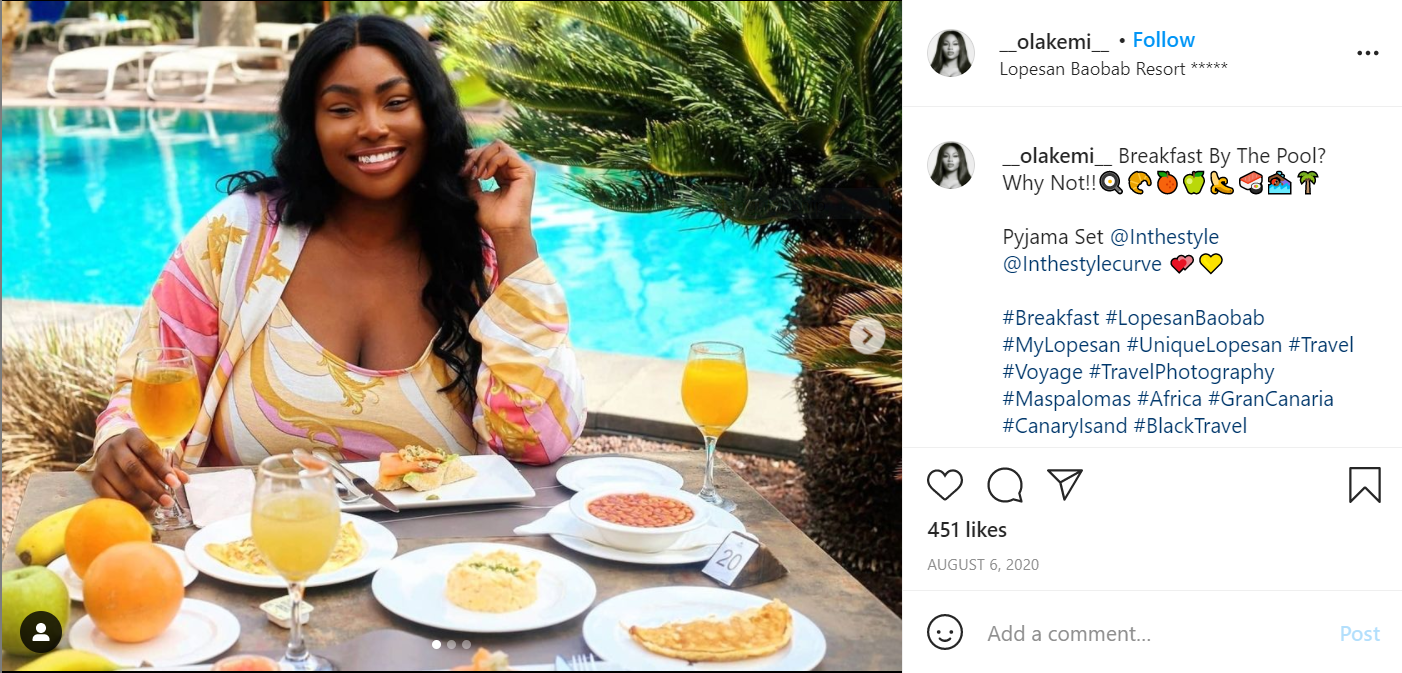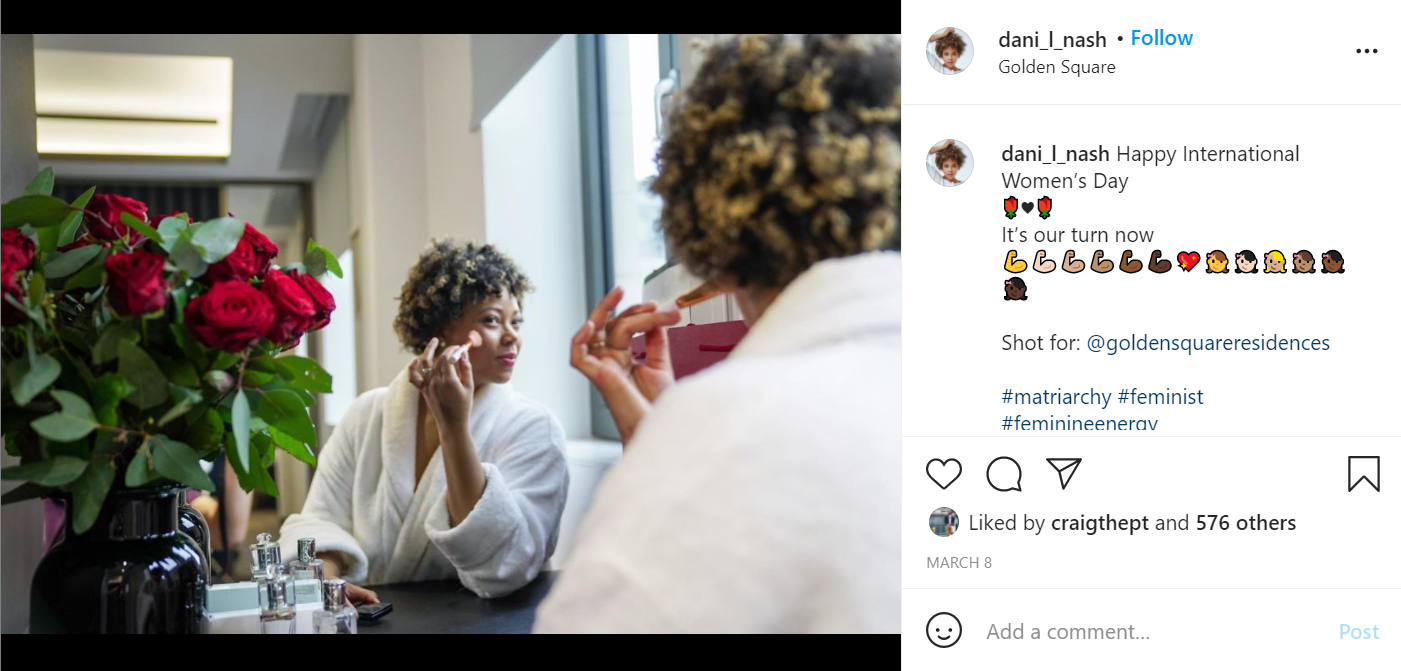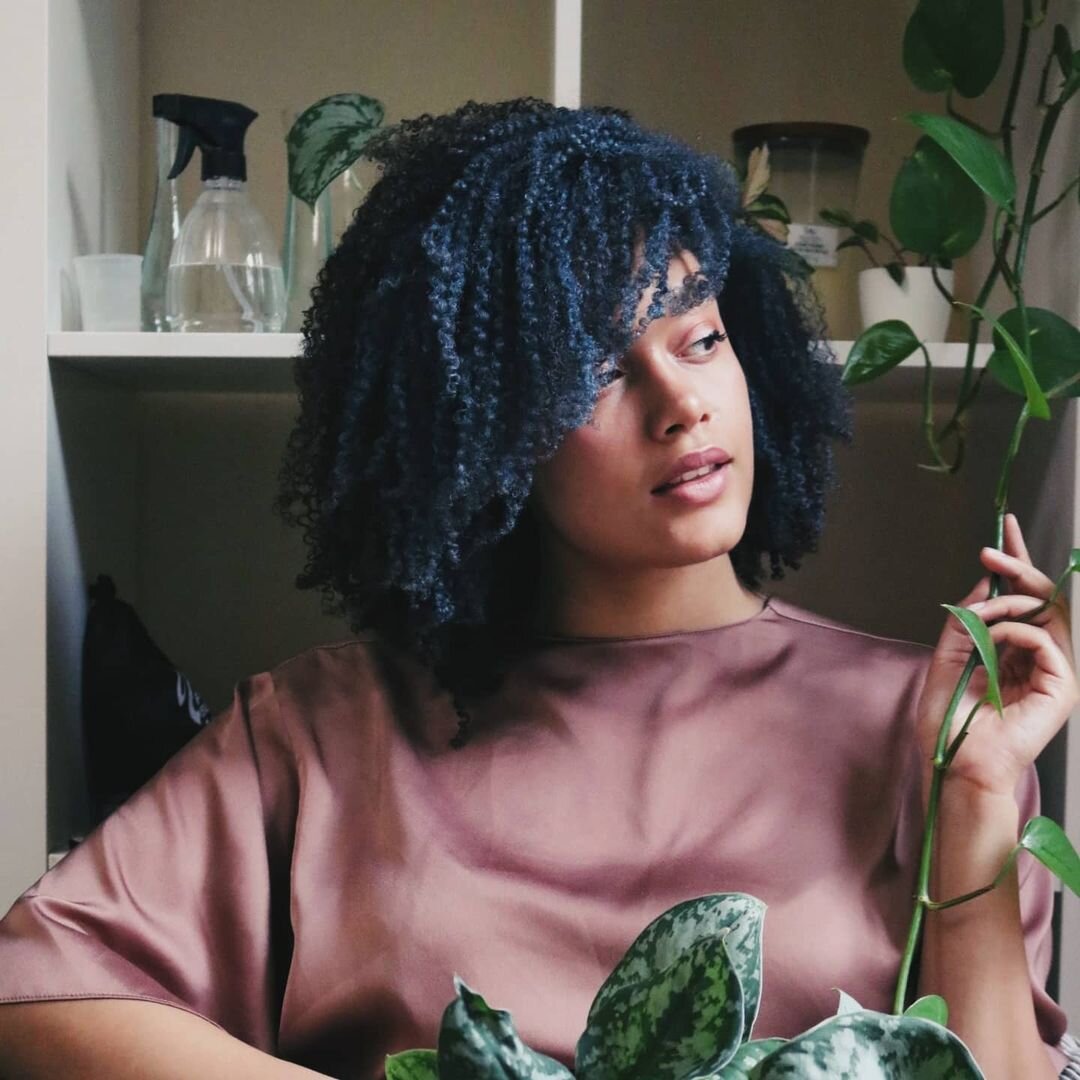Every day new models emerge onto the scene. You have to show the industry what you're capable of doing by showing them that you're different to the rest. What you are about to read will guide you to becoming a model.
THE BASICS
First things first, educate yourself. You need to know what the industry is looking for.
Chloe F (Ms Curvaceous 2018 Top 2 Finalist) for Disney Fairy Tale Weddings
Chantel Regnart (Ms Curvaceous 2019 Winner) for George at Asda
Read fashion magazines and follow top models on instagram who work in your industry of interest to get an idea of what the latest trends are, such as makeup, fashion, hair, etc. Look at how the models pose with their body and facial expressions. Practice in front of a mirror or with a camera so you can analyse your best angles and signature look.
Being in the modelling industry isn’t just about looking good. You have to be able to adjust and adapt to the main description of the job. Know what type of modelling you want to do and what your limits are.
Tina (Ms Curvaceous UK 2015 Top 3 Finalist)
Abby Russell - Ms Curvaceous UK Finalist
A portfolio is a modelling CV. This can be either digital or print. It is the most important tool for getting successful work. It shows the directors what you are capable of doing and your experience. It makes an impression of the type of model you are. It is very important to have an Instagram account with your modelling images showcasing what you are capable of. This will be key for networking and collaborating with other creatives. At times you may also get approached for work this way.
This is the first thing the directors see before they invite you down for a casting. Without a decent portfolio, it is less likely that you will get many castings so it is important to try and get as much experience as possible. You need to build up an impressive portfolio with quality images. Networking and collaborating with Makeup artists, stylists and photographers who are also building their portfolios will help you get started.
Your portfolio should be able to demonstrate your ability to portray a range of personalities and characters. There should be a range of images from headshots to full-length body shots, some with makeup and some with little to no makeup. Your clothing in the images should show a variety of looks from minimal clothing to fully clothed. This will allow them to see your figure clearer and have a vision of how you will look.
Commercial Example
Create a Z-Card that you're willing to exchange whilst networking. Z-Cards are model’s version of a business card.
Your Z-Card should include around 4 different images that show a variety of your looks. This could be a headshot, full-length shot, mid-shot and a creative look. Your statistics should be added to the card i.e. your age, height, size, as well as your contact details or your agencies contact details if you have one.
Your Z-Card is a great way to have others remember whom you are for when they are looking for a model. It is also a good way to give someone an insight to what you are able to do without having to carry your portfolio everywhere with you.
As a model, you should know your measurements. Companies will always ask you, so it is vital that you take them down. The following statistics should be noted:
Height
Bust
Waist
Hip
Shoe size
Dress Size
Weight
Be truthful about your measurements otherwise this could cause problems if there is no time for fittings. You will not look your best in the clothing, which will look bad on the designer. They could end up deciding not to use you for the work and may not hire you again in the future.























